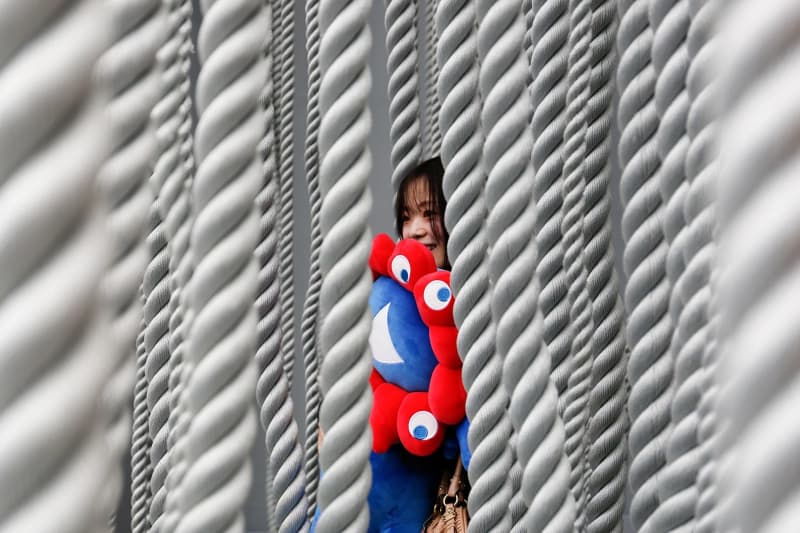Japan’s Expo 2025 Osaka is open to visitors, offering a swathe of exhibits all about the climate and sustainability from 160 countries through to mid-October.
More than 160 countries, regions and international organizations are showcasing their ideas in pavilions addressing “Designing Future Society for Our Lives.”
The show is located on the artificial island of Yumeshima and the site is surrounded by the spectacular Grand Ring, a wooden structure some 2 kilometres long and 20 metres high, the largest in the world, say the organizers.
The structure symbolizes the concept of the Expo – diversity and unity – at a time of geopolitical tension. Afterwards, the plan is to recycle the beams.
Sustainability is at the heart of the exhibition in the Japanese hosts’ pavilion, where visitors may learn about the role of seaweed in absorbing carbon dioxide, in a story told through traditional Japanese aesthetics, modern pop culture and innovation.
Meanwhile in an installed biogas plant, waste from the Expo site is converted into energy, aided by microorganisms.
There’s a rather gloomy vision of the future in the black pavilion “Future of Life” by famous Japanese robotics researcher Hiroshi Ishiguro. With 50 androids and dozens of robots and avatars, he shows how humans and androids will coexist in 50 years’ time and says they may be indistinguishable from each other in 1,000 years’ time.
Elsewhere, the theme of the Australia Pavilion is “Chasing the Sun.” The building design celebrates the eucalyptus blossom and was built using reusable and repurposed materials from previous major international events, highlighting sustainability.
The Singapore Pavilion, called “Dream Sphere”, is an immersive space where visitors explore how Singapore turns dreams into reality through immersive art installations, performances and local food, that stimulates the five senses.
Inspired by a child’s toy building blocks, the British Pavilion aims to show little ideas that have the power to combine into world-changing innovations. Every idea, just like every simple building block, has the potential to grow into something great.
The German Pavilion, consisting of circular wooden buildings symbolizing the circular economy, is all about the future of modern life and conserving resources.
Visitors may explore ideas of a city of the future on interactive displays and find out what German companies offer in terms of sustainability. It seeks to encourage people to think about what they themselves can contribute to a sustainable future, says Christopher Hecker, director of the pavilion.
The Expo’s organizers hope such attractions and ideas will attract around 28 million visitors in the six months until it closes on October 13.
So far, there has been little interest among Japan’s population. Some criticize the costwhich according to reports has almost doubled to $1.6 billion.
Osaka has hosted the Expo once before, in 1970 – drawing more than 64 million visitors.
Read the full article here


